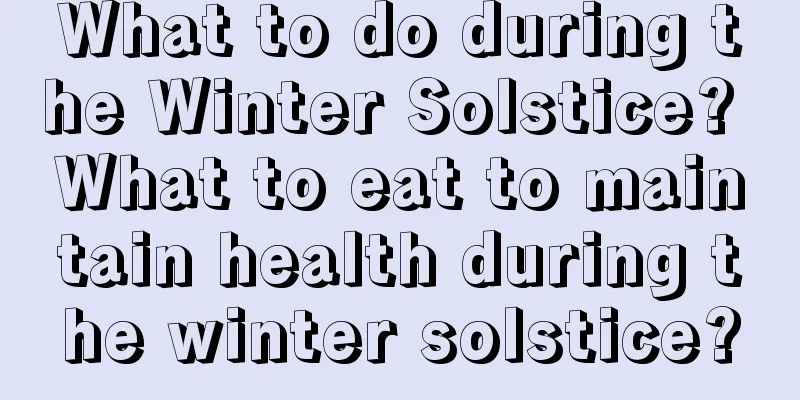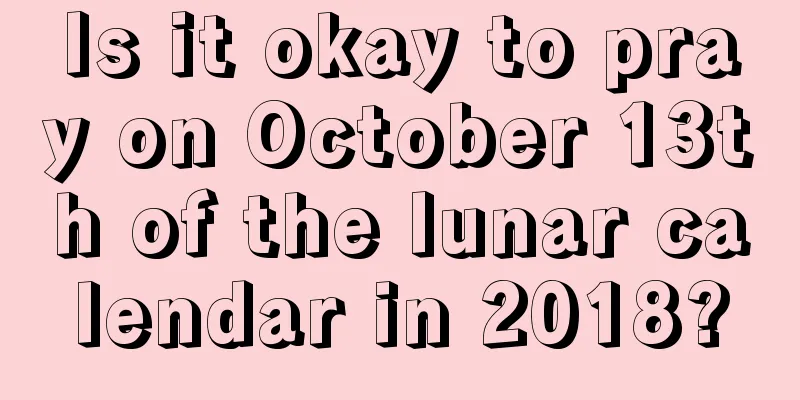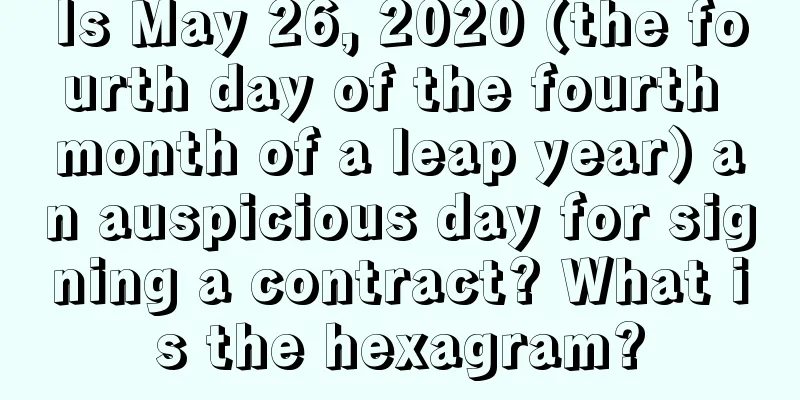What to do during the Winter Solstice? What to eat to maintain health during the winter solstice?

The Winter Solstice is a very important solar term in the Chinese lunar calendar and also a traditional festival of the Chinese nation. The winter solstice is commonly known as the "Winter Festival", "Longest Day Festival", "Second Year", etc. What to do during the Winter Solstice? What to eat to maintain health during the winter solstice? Shui Mo Xiansheng website has carefully compiled detailed information about the eleventh month of the lunar calendar in 2018. If you want to know about the auspiciousness and inauspiciousness of the eleventh month of the lunar calendar, please come to Shui Mo Xiansheng website!What to do during the winter solstice:1. Offering sacrifices to heaven <br /> Rulers of all dynasties offered sacrifices to heaven on the winter solstice. "Sacrificing to Heaven" is the ancient "suburban sacrifice" ceremony, which is a ceremony that must be held on the winter solstice by emperors of all dynasties to ward off disasters and pray for blessings.In the Northern Song Dynasty, sacrifices to heaven were mostly held in the southern suburbs of the capital, while in the Ming and Qing Dynasties, they were held at the Round Mound of the Temple of Heaven in Beijing. In ancient times, a round mound was a round earthen hill that was higher than the ground. It symbolized the roundness of the sky. Therefore, on the night before the ceremony of offering sacrifices to heaven, the emperor had to fast and bathe and live in the Zhai Palace. The ceremony of offering sacrifices to heaven was held on the winter solstice. 2. Ancestor worship <br /> In folk culture, there is a custom of worshipping ancestors on the winter solstice. The ritual of worshiping ancestors on the Winter Solstice is the same as that on New Year's Day. While offering sacrifices to their ancestors, people also pay respects to their parents and elders. In ancient times, there was a custom of presenting shoes and socks to the elderly, and this custom is still very popular today. There is a proverb in Fujian and Taiwan that goes, "The Winter Solstice is as important as the New Year's Day, and if you don't go back, you will have no ancestors to visit." All those who go out to make a living must rush back to their hometowns to celebrate the New Year during the Winter Solstice, which means they will have a home at the end of the year. In the Chaoshan area of Guangdong, people prepare three kinds of animals and fruits on the day of the winter solstice and go to the ancestral temple to worship their ancestors. After that, the family will eat together around the table. The worship is usually completed before noon, and the family will gather for lunch. But in the coastal areas of Haishan in Raoping, people would offer sacrifices to their ancestors early in the morning before the fishermen go out to sea to fish, asking the gods and ancestors to bless the fishermen to return safely from the sea. In Hui'an, Guangdong, in addition to ancestor worship, the Winter Solstice Festival also has some similar customs to the Qingming Festival, such as visiting tombs and offering money within ten days before and after the Winter Solstice, and there is no taboo on repairing and moving tombs. In Taiwan, there is a tradition of using nine-layer cake to worship ancestors during the winter solstice. People use glutinous rice flour to make chickens, ducks, turtles, pigs, cows, sheep and other animals that symbolize good luck, fortune, wealth and longevity. They then steam them in layers in a steamer and use them to worship their ancestors to show that they remember their ancestors. People of the same surname and clan gather at the ancestral temple on the winter solstice or on an agreed-upon date before or after it, and worship their ancestors one by one in order of seniority, commonly known as "ancestor worship." After the ceremony, a grand banquet will be held to entertain the relatives who come to worship their ancestors. Everyone drinks happily and reconnects with each other, which is called "eating ancestors". The Winter Solstice Festival is a time to honor ancestors. It has been passed down from generation to generation in Taiwan. To show that they have not forgotten their "roots". 3. Counting the Nines <br /> People call the winter solstice "Jiaojiu" or "Counting the Nines", which means starting from the winter solstice, every nine days is a "nine", a total of 9 "nine", a total of 81 days, and spring will come after 81 days. Counting the nine-nine days after the winter solstice is very popular all over the country. People in different regions have compiled various proverbs and rhymes for counting the nine-nine days according to different climatic conditions, scenic features, agricultural phases and customs. These proverbs and proverbs are recorded in many ancient books. The most representative of these is the following jingle: On the 19th and 29th days, don't go out; on the 39th and 49th days, walk on the ice; on the 59th and 69th days, look at the willows along the river; on the 79th day, the river opens; on the 89th day, wild geese come; on the 99th plus 19th day, oxen walk everywhere. The proverbs and rhymes about the nine-nine days are not only a summary of people’s experience with the climate over the years, but also a kind of anticipation for spring in the severe winter. 4. Sticking dumplings on the door <br /> In southern Fujian and Chaoshan, during the winter solstice, in addition to eating glutinous rice balls, people also roll two large dumplings and stick them on the door knocker, symbolizing reunion and good luck. This custom originated from a folk legend: On the winter solstice of one year, an old beggar had no money to bury his wife who had frozen to death, so he had to sell his daughter to a rich family as a slave. The daughter was in so much pain that she fainted. The old beggar quickly begged for a bowl of rice soup and fed it to his daughter mouthful by mouthful. Slowly, his daughter finally woke up. The old beggar got a few more glutinous rice balls for his daughter and comforted her: "Our separation today is like the two halves of this ball. Now we each eat half, and when life gets better in the future and we are reunited, we can eat the balls again." After that, the old beggar said goodbye to his daughter, buried his wife, and went on to beg again. Three years passed, and the old beggar still did not come back to find his daughter. His daughter missed her father and hoped that they could be reunited soon. During the winter solstice festival one year, she came up with an idea and suggested to her master: "Everyone eats glutinous rice balls during the winter solstice, so we should also offer them to the door gods." The master agreed, and she rolled two large glutinous rice balls and stuck them on the door knocker to express her longing for her father. Her filial piety moved later generations, and it became a custom that has been passed down to this day. What to eat during the winter solstice to maintain health:1. Eight Treasure Porridge: Hot Eight Treasure Porridge is very suitable for the requirement of warm and soft food in winter. Chinese medicine believes that eating porridge can strengthen the spleen and warm the stomach, and has a certain yin-nourishing effect, which is just right to counteract the dry characteristics of winter.2. Nuts: Traditional Chinese medicine believes that nuts are mostly warm in nature and eating too many of them in other seasons can easily cause getting a sore throat, but they are a great help in the cold winter. In addition, most nuts can nourish the kidneys, which corresponds to the corresponding organ of winter. Eating nuts in moderation can be considered a tip for maintaining health during the winter solstice. 3. Walnut: Walnut contains a variety of nutrients that can prevent cell aging, improve brain health, enhance memory and delay aging. Traditional Chinese medicine believes that walnut kernels are sweet and warm in nature, and have the functions of "blackening hair, consolidating essence, curing dryness and regulating blood." Eating about 20 grams of walnuts every day can nourish the kidneys and strengthen the essence, moisten the lungs and relieve coughs, resolve phlegm and calm asthma, and relieve qi and blood. Whether eaten raw, fried, or prepared into cakes and candies, it is a good choice, but be careful not to remove the thin brown skin on its surface when eating. 4. Radish: There is a folk saying: "Eat radish on the Winter Solstice and ginger on the Summer Solstice. Eat them at the right time and you will be free from illness." It is also said: "Winter radish is better than small ginseng." Therefore, eating radish on the Winter Solstice is the most nourishing. On the night of the Winter Solstice, it is perfect to stew a pot of hot radish and pork ribs soup to replenish nutrition, nourish the body, and enhance the ability to resist cold. |
Recommend
Is the fate of women born in the leap April of the lunar calendar bad? Analysis of the fate of the fifth day of the leap April
Introduction: People born in different months have...
Is August 29th of the lunar calendar in 2020 a good day? How about opening a store?
The eighth month of the lunar calendar is also kn...
Will the beginning of summer in the Year of the Rat 2020 be on May 5th? Which zodiac sign is it compatible with?
There are conflicts and compatibility between zodi...
Is it a good idea to give birth to a boy on February 28th of the lunar calendar in 2018? Is it an auspicious day?
China's numerology culture is profound and ext...
Should I get a haircut on the 24th day of the first lunar month in 2018? What is the auspicious time?
Hair is a relatively important manifestation of ap...
What is the zodiac sign of a person born on September 29, 2019 in the lunar calendar? Gender analysis
We have our own zodiac sign from the moment we are...
Is it a good idea to get a haircut on the 28th day of the first lunar month in 2018? What is the hexagram of the day?
With the improvement of people's economy, goin...
Can we visit the graves and worship our ancestors on the 14th day of the first lunar month in 2018? What are the customs on this day?
Festivals and customs occupy a large part of tradi...
Is the Grain Full Festival in 2017 a good time? Is it appropriate to start construction on renovation?
Introduction: People now have higher and higher pu...
Can I get married on the 16th day of the sixth lunar month in 2017? Can I get engaged and get a marriage certificate?
1. What day is the 16th day of the sixth lunar mo...
Is the Laba Festival on the eighth day of the twelfth lunar month in 2020 an auspicious day for raising the beam? What are the blessings for the Laba Festival in 2021?
Introduction: It is generally necessary to choose ...
Girls born on the 30th day of the twelfth lunar month in 2019 are born with good fortune. Here is the meaning of New Year’s Eve!
New Year’s Eve is the last day of the year. No mat...
Is the first day of September in the lunar calendar of 2020 an auspicious day for travel?
Traveling is a great way to relax and release stre...
What is the most suitable gift for leaders on National Day in 2017? The highest style?
Introduction: Our country has always advocated &qu...
Can I visit the graves and pay homage to my ancestors on the 28th day of the sixth lunar month in 2022?
Visiting the graves and paying homage to ancestors...









